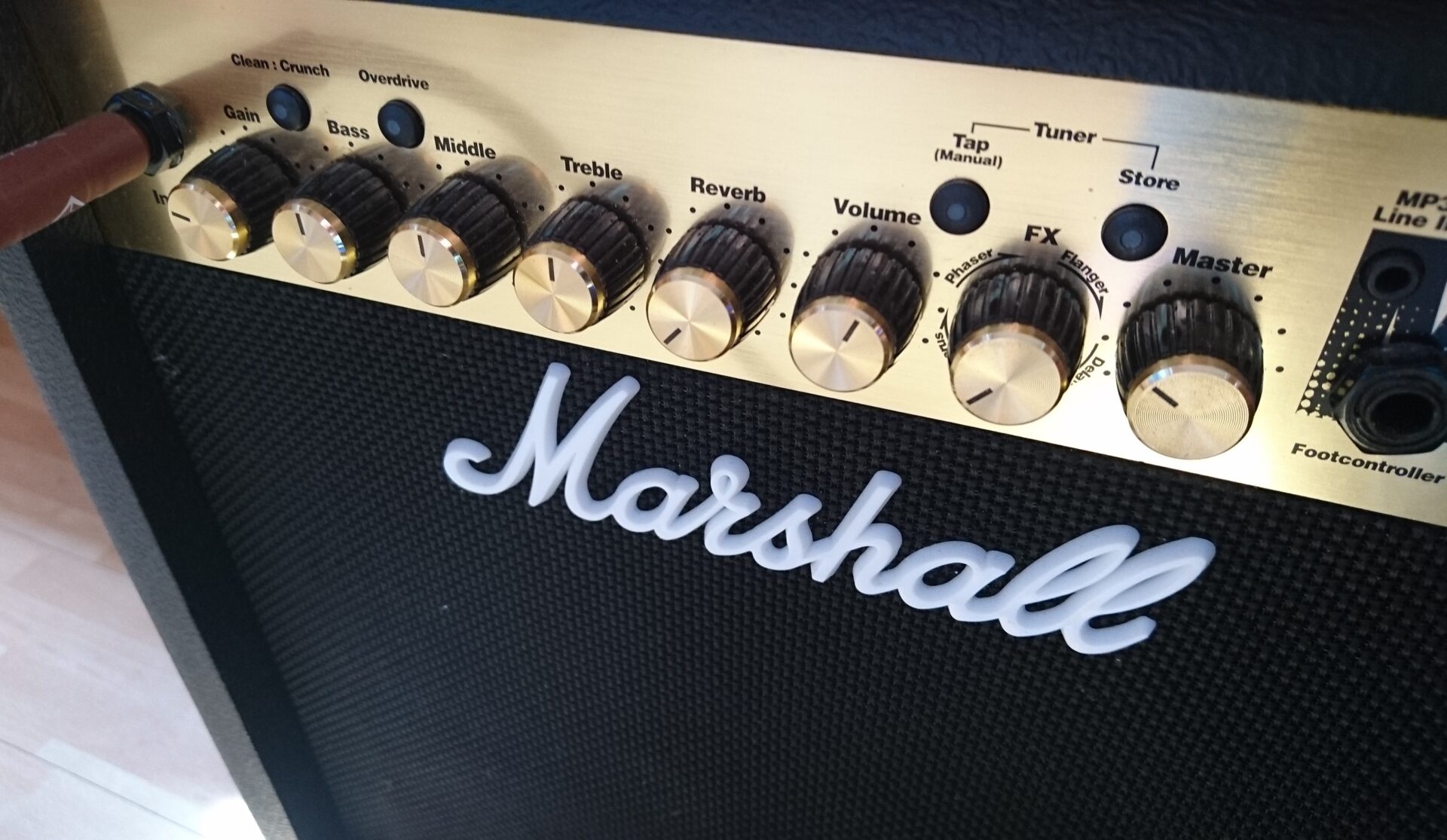In today’s rapidly evolving technological landscape, the role of voice assistants in enhancing our daily lives has become increasingly prominent. As we strive for healthier living environments, managing indoor air quality has emerged as a vital aspect of any smart home. In this article, we delve into the indispensable role of voice assistants, such as Amazon’s Alexa, Google Assistant, and Apple’s Siri, in monitoring and managing your smart home’s indoor air quality. We will explore the different ways these intelligent devices can help you maintain a healthy living space while offering convenience and efficiency through seamless integration with various smart home systems. So, join us as we uncover the remarkable potential of voice assistants in fostering a cleaner, greener, and healthier home environment.
Integrating Voice Assistants with Smart Air Purifiers
As we become increasingly reliant on technology for managing various aspects of our lives, the seamless integration of voice assistants with smart air purifiers has emerged as a game-changer for maintaining optimal indoor air quality. By combining the power of voice control with advanced air purification systems, homeowners can now access valuable insights, manage settings, and maintain a healthy living environment with just a few simple voice commands. In this section, we explore the various ways in which voice assistants can be effectively integrated with smart air purifiers to ensure a cleaner and healthier home environment.
Effortless Setup and Connectivity
One of the key benefits of integrating voice assistants with smart air purifiers is the ease of setup and connectivity. Most modern air purifiers come with built-in compatibility for popular voice assistants, such as Alexa, Google Assistant, and Siri. To get started, simply connect your smart air purifier to your home’s Wi-Fi network and configure it with your preferred voice assistant using the corresponding app. Once set up, you can start controlling your air purifier using voice commands, providing a convenient and hands-free experience.
Real-Time Air Quality Monitoring and Feedback
Voice assistants can provide real-time information on your home’s indoor air quality by accessing data from your smart air purifier’s sensors. Simply ask your voice assistant for an air quality update, and it will relay information on the current levels of pollutants, allergens, and other airborne particles. This enables you to make informed decisions about when to activate your air purifier or adjust its settings to ensure a cleaner and healthier living environment.
Personalized Scheduling and Automation
Another advantage of integrating voice assistants with smart air purifiers is the ability to create personalized schedules and automate air purification routines. For instance, you can set up routines to activate your air purifier at specific times during the day, such as when you return home from work or before going to bed. Voice assistants can also be used to control other smart home devices, such as smart thermostats, to ensure a well-coordinated and energy-efficient approach to managing your indoor air quality.
Remote Control and Voice Commands
With voice assistants integrated into your smart air purifier system, you can conveniently control your air purifier from anywhere within your home using voice commands. This eliminates the need for manual adjustments or relying on a separate remote control. Simply ask your voice assistant to turn on your air purifier, change its fan speed, or switch between different modes, and enjoy the convenience and efficiency that voice control offers.
As demonstrated above, the integration of voice assistants with smart air purifiers offers numerous benefits, from effortless setup and connectivity to personalized scheduling and automation. By harnessing the power of voice control, homeowners can effectively manage their indoor air quality and create a healthier living environment with ease and convenience.
Monitoring Indoor Air Quality using Voice-Enabled Devices
Incorporating voice-enabled devices into your smart home system can revolutionize the way you monitor and manage indoor air quality. With advanced features and seamless integration, these devices provide real-time feedback, alerts, and recommendations, ensuring a healthier and cleaner living environment. In this section, we delve into the numerous ways voice assistants can assist you in monitoring indoor air quality and the benefits of adopting this cutting-edge technology for your smart home.
Real-Time Feedback on Air Quality Levels
Voice-enabled devices can access information from your smart air purifiers and air quality sensors, providing up-to-date readings on the air quality within your home. Simply ask your voice assistant for an air quality report, and it will inform you of the concentration levels of pollutants, allergens, and other particulate matter. This real-time feedback allows you to make timely decisions on activating or adjusting your air purification systems.
Alerts and Notifications for Changing Conditions
Another significant advantage of using voice assistants to monitor indoor air quality is the ability to receive alerts and notifications when air quality levels change or deviate from the desired range. These timely warnings enable you to take swift action, such as increasing the air purifier’s intensity or adjusting your HVAC settings to maintain optimal indoor air quality.
Integration with Smart Air Quality Sensors
Voice-enabled devices can also communicate with various smart air quality sensors installed throughout your home. These sensors may detect different types of pollutants, such as volatile organic compounds (VOCs), carbon monoxide, and particulate matter. By integrating these sensors with your voice assistant, you can access a comprehensive overview of your home’s indoor air quality and address any issues promptly.
Analyzing Air Quality Trends and Insights
Voice assistants can provide valuable insights into air quality trends within your home by analyzing data collected over time. This information can reveal patterns and help you identify potential sources of indoor air pollution, such as cooking, cleaning, or the use of certain household products. Armed with this knowledge, you can make informed decisions on how to improve your indoor air quality and maintain a healthier living environment.
Guidance and Recommendations for Improved Air Quality
Beyond monitoring and providing feedback, voice assistants can also offer guidance and recommendations on improving indoor air quality. By analyzing the data from your smart air purifiers and air quality sensors, your voice assistant can suggest actions to take, such as increasing ventilation, replacing air filters, or reducing the use of specific household products. This proactive approach empowers you to take control of your home’s air quality and create a healthier living space for you and your family.
Overall, the integration of voice assistants in monitoring indoor air quality presents a plethora of benefits, from real-time feedback to alerts and recommendations. By embracing this advanced technology, homeowners can take a proactive approach to managing their indoor air quality, ensuring a cleaner and healthier living environment for all.
Controlling HVAC Systems through Voice Commands
The integration of voice assistants in smart home systems has extended its reach to Heating, Ventilation, and Air Conditioning (HVAC) systems, making it easier than ever to manage your home’s indoor air quality with just a few simple voice commands. In this section, we will explore the various ways in which voice assistants can be used to control HVAC systems, enhance energy efficiency, and maintain optimal indoor air quality for a healthy and comfortable living environment.
Effortless Temperature Adjustments
One of the primary benefits of using voice commands for controlling HVAC systems is the ability to make quick and effortless temperature adjustments. Simply ask your voice assistant to set your thermostat to a specific temperature, raise or lower the temperature, or switch between heating and cooling modes. This hands-free control allows you to maintain your desired indoor climate without any manual intervention or the need for a physical thermostat.
Energy-Efficient Scheduling and Automation
Voice assistants also enable you to create personalized schedules and automations for your HVAC system, promoting energy efficiency and reducing utility costs. For instance, you can set up routines to adjust the temperature when you leave for work, return home, or go to bed. You can also create more complex routines that incorporate other smart home devices, such as smart blinds or lighting, for a more holistic approach to energy management.
Zone-Based Climate Control
For homes equipped with multi-zone HVAC systems, voice assistants can facilitate precise control over individual zones, ensuring optimal comfort and energy efficiency. Simply ask your voice assistant to adjust the temperature in a specific room or area of your home, allowing you to cater to the unique needs and preferences of each household member without wasting energy on unused spaces.
Real-Time System Monitoring and Diagnostics
Voice assistants can also provide real-time information on the performance and status of your HVAC system. By accessing data from your smart thermostat and other connected devices, your voice assistant can relay information on system efficiency, filter status, and potential maintenance issues. This proactive approach to system monitoring helps you address issues promptly, preventing costly repairs and ensuring a consistently comfortable living environment.
Integration with Smart Air Purifiers and Sensors
In addition to controlling your HVAC system, voice assistants can also communicate with smart air purifiers and air quality sensors to provide a comprehensive solution for managing your home’s indoor air quality. By coordinating the operation of these devices, your voice assistant can maintain optimal air quality levels while maximizing energy efficiency and minimizing the impact on your utility bills.
As demonstrated in this section, the use of voice commands to control HVAC systems offers numerous benefits, from effortless temperature adjustments to energy-efficient scheduling and automation. By harnessing the power of voice assistants, homeowners can effectively manage their indoor air quality while enjoying a comfortable and healthy living environment.
Voice Assistant Compatibility with Air Quality Sensors
As the integration of voice assistants in smart homes continues to evolve, their compatibility with various air quality sensors has become increasingly important in maintaining a healthy living environment. In this section, we explore the different types of air quality sensors compatible with voice assistants and the various ways through which these devices can help you monitor and manage your smart home’s indoor air quality effectively and efficiently.
Types of Air Quality Sensors Compatible with Voice Assistants
Modern voice assistants, such as Amazon Alexa, Google Assistant, and Apple Siri, are compatible with a wide range of air quality sensors designed to detect and monitor various pollutants and particulate matter in the air. These sensors may include:
- Particulate Matter (PM) sensors: These sensors measure the concentration of airborne particles, such as dust, pollen, and smoke, which can trigger allergies and other respiratory issues.
- Volatile Organic Compounds (VOC) sensors: VOC sensors detect the presence of harmful chemicals and gases emitted by household products, such as paint, cleaning supplies, and building materials.
- Carbon Monoxide (CO) sensors: These sensors monitor the levels of dangerous carbon monoxide gas, which can cause headaches, dizziness, and even death in high concentrations.
- Humidity sensors: By measuring the relative humidity in the air, these sensors help maintain an optimal humidity level to prevent the growth of mold and the spread of allergens.
Seamless Integration and Connectivity
One of the primary benefits of voice assistant compatibility with air quality sensors is the seamless integration and connectivity, allowing you to access real-time data and insights with simple voice commands. To achieve this, simply connect your air quality sensors to your home’s Wi-Fi network and configure them with your preferred voice assistant using the corresponding app. Once set up, you can start monitoring your home’s air quality using voice commands, providing a convenient and hands-free experience.
Real-Time Monitoring and Feedback
Voice assistants can access data from your air quality sensors, providing real-time feedback on the current levels of pollutants and other airborne particles in your home. By simply asking your voice assistant for an air quality update, you can gain valuable insights into the state of your indoor environment, allowing you to take necessary actions to improve air quality, such as activating your air purifier or increasing ventilation.
Alerts and Notifications for Changing Conditions
Voice assistants can also provide alerts and notifications when air quality levels change or deviate from the desired range. These timely warnings enable you to take swift action, such as adjusting your HVAC settings or opening windows to maintain optimal indoor air quality. This proactive approach helps you create a healthier living environment for you and your family.
Personalized Recommendations for Improved Air Quality
By analyzing data from your air quality sensors, voice assistants can offer personalized recommendations for improving your home’s indoor air quality. For instance, your voice assistant may suggest reducing the use of certain household products, changing air filters, or incorporating air-purifying plants into your home decor. These targeted suggestions empower you to make informed decisions and take control of your home’s air quality.
As illustrated in this section, the compatibility of voice assistants with air quality sensors offers numerous benefits, from seamless integration and connectivity to real-time monitoring and personalized recommendations. By leveraging the power of voice assistants and air quality sensors, homeowners can effectively manage their indoor air quality and create a cleaner, healthier living environment.
Setting up Routines for Healthier Indoor Air using Voice Assistants
As we have explored the various ways voice assistants can help manage indoor air quality, it’s essential to understand how to establish routines for a consistent and healthier living environment. With voice assistants like Amazon Alexa, Google Assistant, and Apple Siri, creating and customizing routines is not only convenient but also highly effective in maintaining optimal indoor air quality. In this section, we discuss different aspects of setting up these routines and the numerous benefits they offer in ensuring a clean and healthy home atmosphere.
Creating Personalized Air Purification Routines
One of the key features of voice assistants is the ability to create personalized routines that cater to your specific needs and preferences. To set up an air purification routine, simply use the corresponding app to configure a series of actions, such as turning on your smart air purifier, adjusting fan speed, or switching between different modes. You can also specify the desired time or trigger, like when you arrive home or wake up in the morning, to automate the routine and ensure a consistently healthy indoor environment.
Coordinating Routines with Other Smart Home Devices
Voice assistants can also help you coordinate air purification routines with other smart home devices to enhance both comfort and energy efficiency. For instance, you can create a routine that adjusts your thermostat settings and activates your air purifier simultaneously. This integrated approach ensures that your home’s indoor air quality remains optimal while minimizing energy consumption and utility bills.
Using Voice Commands to Activate or Modify Routines
Once you have set up your air purification routines, you can use voice commands to activate or modify them as needed. Simply ask your voice assistant to start a specific routine, pause it, or make adjustments to the settings. This hands-free control offers a convenient and effective way to manage your indoor air quality without the need for manual intervention.
Monitoring and Optimizing Routines for Maximum Efficiency
By regularly monitoring the performance of your air purification routines, you can identify areas for improvement and optimize the settings for maximum efficiency. Voice assistants can provide valuable insights and feedback on the effectiveness of your routines, enabling you to make necessary adjustments and ensure a consistently healthy indoor environment.
Creating Routines for Different Scenarios and Conditions
Another advantage of using voice assistants to set up routines is the ability to create multiple routines for different scenarios and conditions. For example, you can establish a routine for allergy season that focuses on filtering pollen and allergens or a routine for when you are hosting guests that prioritizes neutralizing odors and maintaining a fresh atmosphere. By tailoring your routines to specific situations, you can ensure that your home’s indoor air quality remains optimal under various circumstances.
In summary, setting up routines for healthier indoor air using voice assistants offers numerous benefits, from creating personalized air purification schedules to coordinating with other smart home devices for enhanced comfort and efficiency. With the ability to monitor, optimize, and adapt these routines, homeowners can take a proactive approach to managing their indoor air quality, ensuring a consistently clean and healthy living environment.





Leave a reply